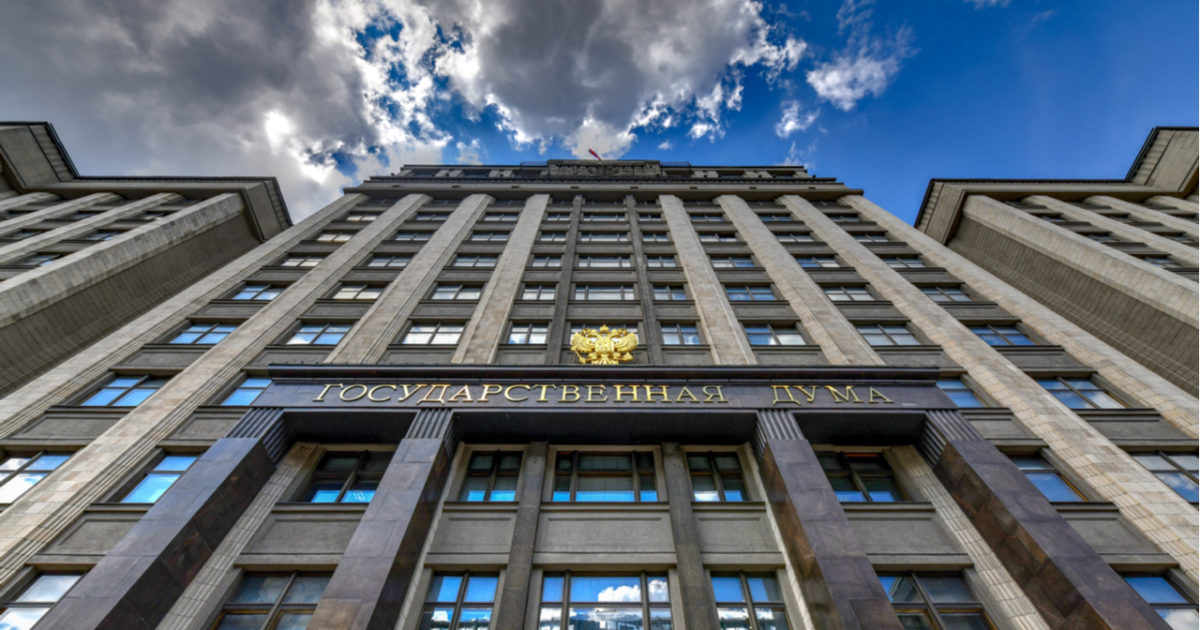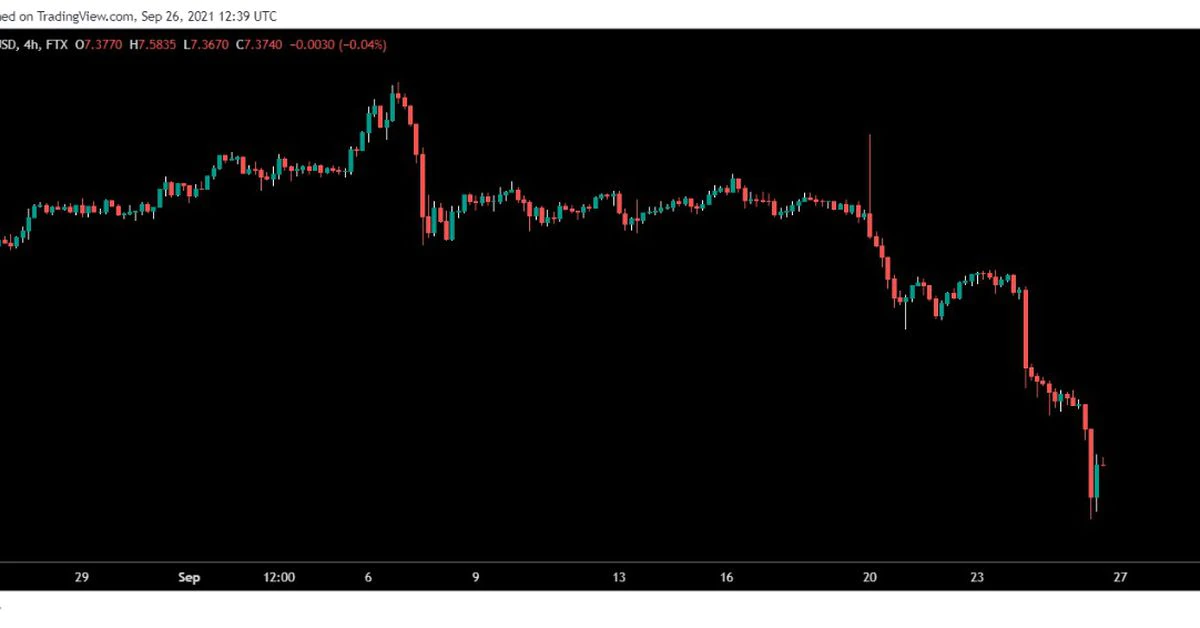Russian parliamentarians have cautioned against risks associated with the introduction of a digital ruble. Among them are the likely increase of competition pressure on banks and new challenges that may arise in the field of information security.
Financial Market Committee Sees Threats in Digital Ruble Project
Russia’s digital fiat, currently under development, brings certain risks that lawmakers want the central bank to carefully examine. The implementation of the digital ruble may pose a challenge for the country’s financial sector, members of the important Financial Market Committee at the State Duma, the lower house of parliament, have noted after deliberations on the project.
The conclusion comes in response to the “Main Directions of Monetary Policy Until 2024” presented by the Central Bank of Russia (CBR), crypto news outlet Forklog reported this week. The document covers the prospects for the launch of a national digital currency among other aspects of Moscow’s government monetary policy.
The deputies are worried that the new form of the Russian currency, the third incarnation of the ruble after cash and bank money, will increase competition in the banking sector. This could hurt the profits of financial institutions and significantly increase the role of the state in the industry.
Furthermore, the introduction of a digital, programmable fiat carries new kinds of risks — in the field of information security, for example. The authors of the report have advised Bank of Russia to analyze the threats to macroeconomic stability and the banking sector. They recommend that the regulator prepare response measures in advance, in case these risks materialize.
At the same time, the Duma committee expects the digital ruble to ensure fast, simple, and secure payments while reducing the cost of payment services. It “positively assesses the analysis of the introduction of digital currency and believes that it would also be interesting to analyze the impact of the spread of cryptocurrencies in global transactions,” the conclusion reads.
With Russians increasingly choosing non-cash payment solutions — these have reached 75% in the past seven years — and with the growing popularity of cryptocurrencies in mind, the CBR and other institutions have seriously taken on the task of offering Russian citizens a government-controlled digital currency. Officials are planning to amend 13 Russian laws and codes to accommodate the central bank digital currency.
In June, Bank of Russia formed a digital ruble pilot group with the participation of over a dozen banks and other stakeholders. The authority plans to complete the platform’s prototype in December 2021 and start testing the CBDC in January 2022. The head of the bank, Elvira Nabiullina, recently stated that the digital ruble will give Russians what they need as a state-issued alternative to other forms of electronic money including decentralized cryptocurrencies and stablecoins backed by foreign fiat.
Do you think CBDCs like the digital ruble pose serious risks to the traditional financial sector? Share your thoughts on the subject in the comments section below.
Image Credits: Shutterstock, Pixabay, Wiki Commons
Disclaimer: This article is for informational purposes only. It is not a direct offer or solicitation of an offer to buy or sell, or a recommendation or endorsement of any products, services, or companies. Cryptox.trade does not provide investment, tax, legal, or accounting advice. Neither the company nor the author is responsible, directly or indirectly, for any damage or loss caused or alleged to be caused by or in connection with the use of or reliance on any content, goods or services mentioned in this article.




